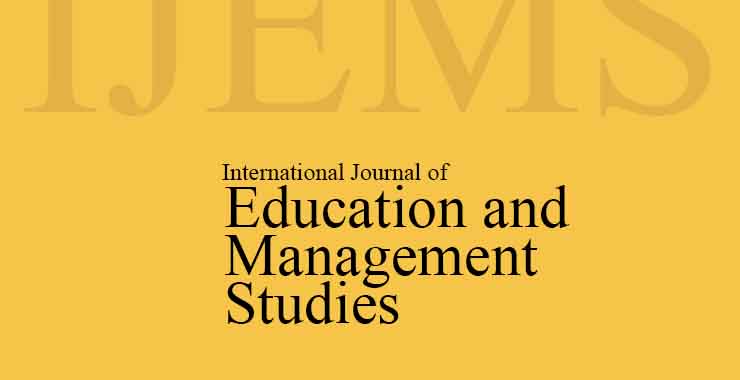Status of Marketing Infrastructure under e-NAM: The Perception of Farmers of Haryana
Original price was: ₹ 201.00.₹ 200.00Current price is: ₹ 200.00.
Page: 335-337
Mukesh Kumar1, Atul Dhingra2, Suman Ghalawat3, Dalip Bishnoi4, Nitin Bhardwaj5, and K.K. Yadav6 (Department of Business Management, CCS Haryana Agricultural University, Hisar, Haryana1,2,3, Department of Agricultural Economics, CCS Haryana Agricultural University, Hisar, Haryana4, Department of Mathematics and Statistics, CCS Haryana Agricultural University, Hisar, Haryana5, and Directorate of Extension Education, CCS Haryana Agricultural University, Hisar, Haryana6)
Description
Page: 335-337
Mukesh Kumar1, Atul Dhingra2, Suman Ghalawat3, Dalip Bishnoi4, Nitin Bhardwaj5, and K.K. Yadav6 (Department of Business Management, CCS Haryana Agricultural University, Hisar, Haryana1,2,3, Department of Agricultural Economics, CCS Haryana Agricultural University, Hisar, Haryana4, Department of Mathematics and Statistics, CCS Haryana Agricultural University, Hisar, Haryana5, and Directorate of Extension Education, CCS Haryana Agricultural University, Hisar, Haryana6)
A national market for agricultural commodities was established by connecting the current APMC mandis through the pan-Indian electronic trading platform known as the National Agriculture Market (e-NAM). ‘One nation, one market’ was the theme for the introduction of e-NAM. As of June 2020, 1000 Mandis across 18 States and 3 Union Territories were recorded under e-NAM, 81 of which were in Haryana, according to data provided by the Government of India. The e-NAM market has 193 commodities listed on it, including food grains, spices, fruits and vegetables, oilseeds etc. There are various stakeholders involved in e-NAM, such as farmers, middlemen and government officials. To fully benefit from e-NAM, these stakeholders must be able to do their business with ease. An attempt has been made in this research paper to analyse the perception of farmers of Haryana on the Status of Marketing Infrastructure under e-NAM. The study covered 100 farmers of Haryana who were selected using judgement sampling. Results revealed that the majority of farmers were satisfied with the infrastructure facilities provided by the Government like Sheds, Availability of utilities viz. Electricity, drinking water etc, and Bank/ATM facilities while the majority were unsatisfied with infrastructure facilities provided by the government like Facilities for storage of unsold produce, Price display board and Loudspeakers, and broadcasting system. The study also reveals majority of farmers were satisfied with the infrastructure facilities provided by intermediaries like Grading/Assaying, Lifting, Market-related Information, and Credit facility while the majority were unsatisfied with infrastructure facilities like Transportation and Storage. The study concluded that the improvement in these infrastructure facilities provided by both Government and intermediaries motivates more farmers to participate in e-NAM and helps them to gain the fruits of e-NAM.

